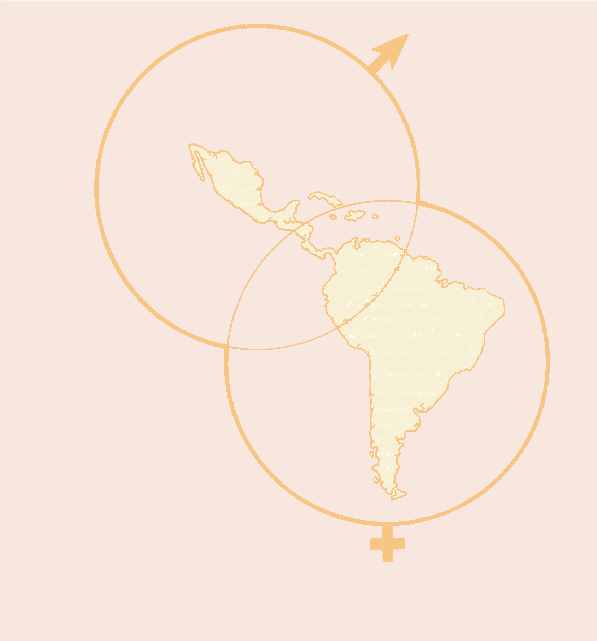Featured Article
The Great Killers in Precolumbian America
A Hemispheric Perspective
Suzanne Austin Alchon
salchon@udel.edu
[ed. note: accepted for publication December 4, 1995]
This paper surveys the recent literature on disease and health in the Americas before 1492, drawing some general conclusions regarding the major causes of mortality in various regions of the hemisphere. The paper adopts a comparative perspective, examining patterns of mortality in areas sparsely populated by societies of hunter-gatherers and those of the more densely settled regions including Mesoamerica and the Andean highlands. It also compares causes of mortality in different geographical zones ranging from the tropical latitudes of the Caribbean and Central America to the temperate zones of North and South America.
Analysis of mortality among ancient Americans dispels the long-cherished myth of a precolumbian paradise. Like their Old World counterparts, before 1492, residents of the New World died as a result of disease, famine, and violence. While the disease environment of the Americas differed from that of the Old World in terms of particular diseases, the leading causes of mortality among humans in all parts of the world were basically the same--acute respiratory and gastrointestinal infections. Residents of the Old World were exposed to a wider variety of epidemic diseases, but typhus and influenza may have been universal among agricultural populations. Similarly, periodic famines attended by high rates of mortality, were a regular occurrence for agricultural populations around the world. And certainly there is ample evidence to suggest that native Americans were just as violent as their counterparts in other regions of the globe.

| Begin | Top | Continue |